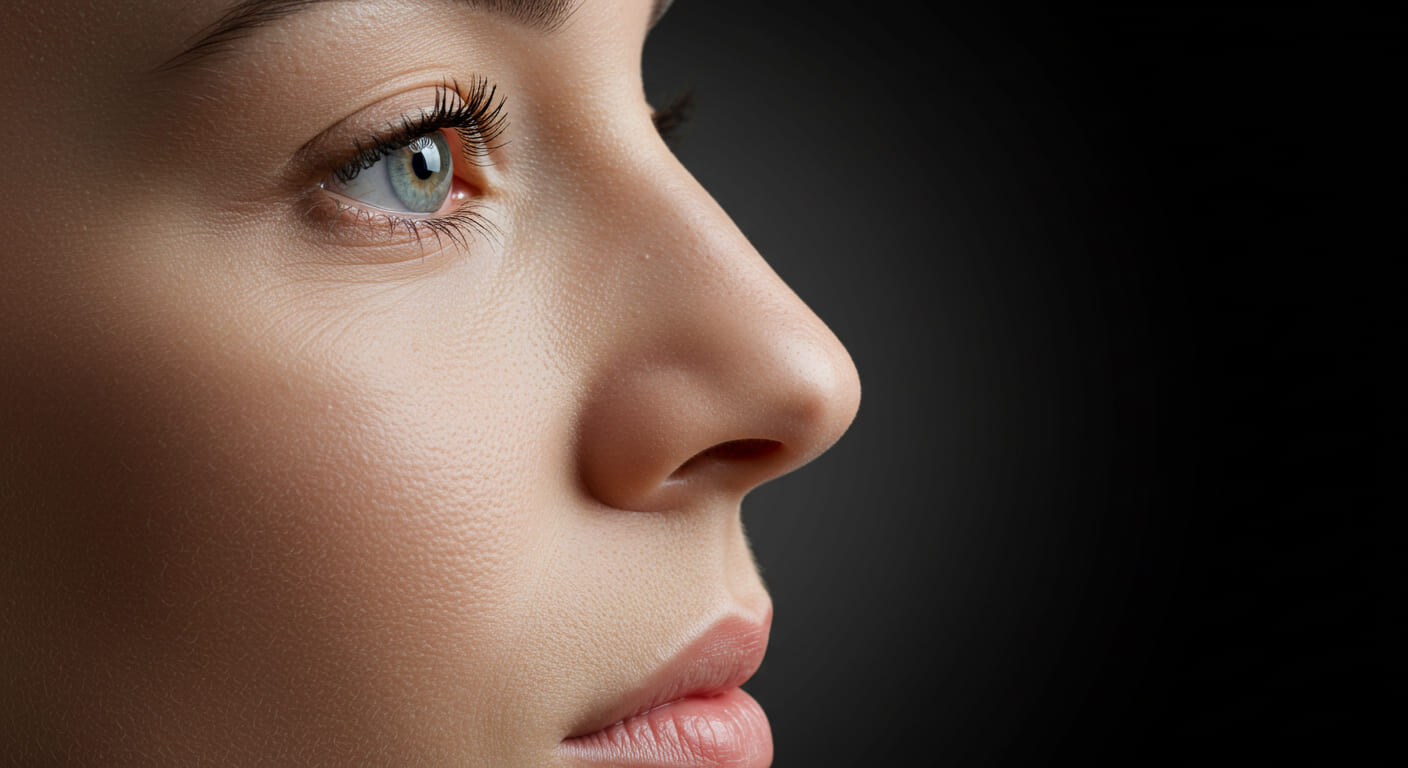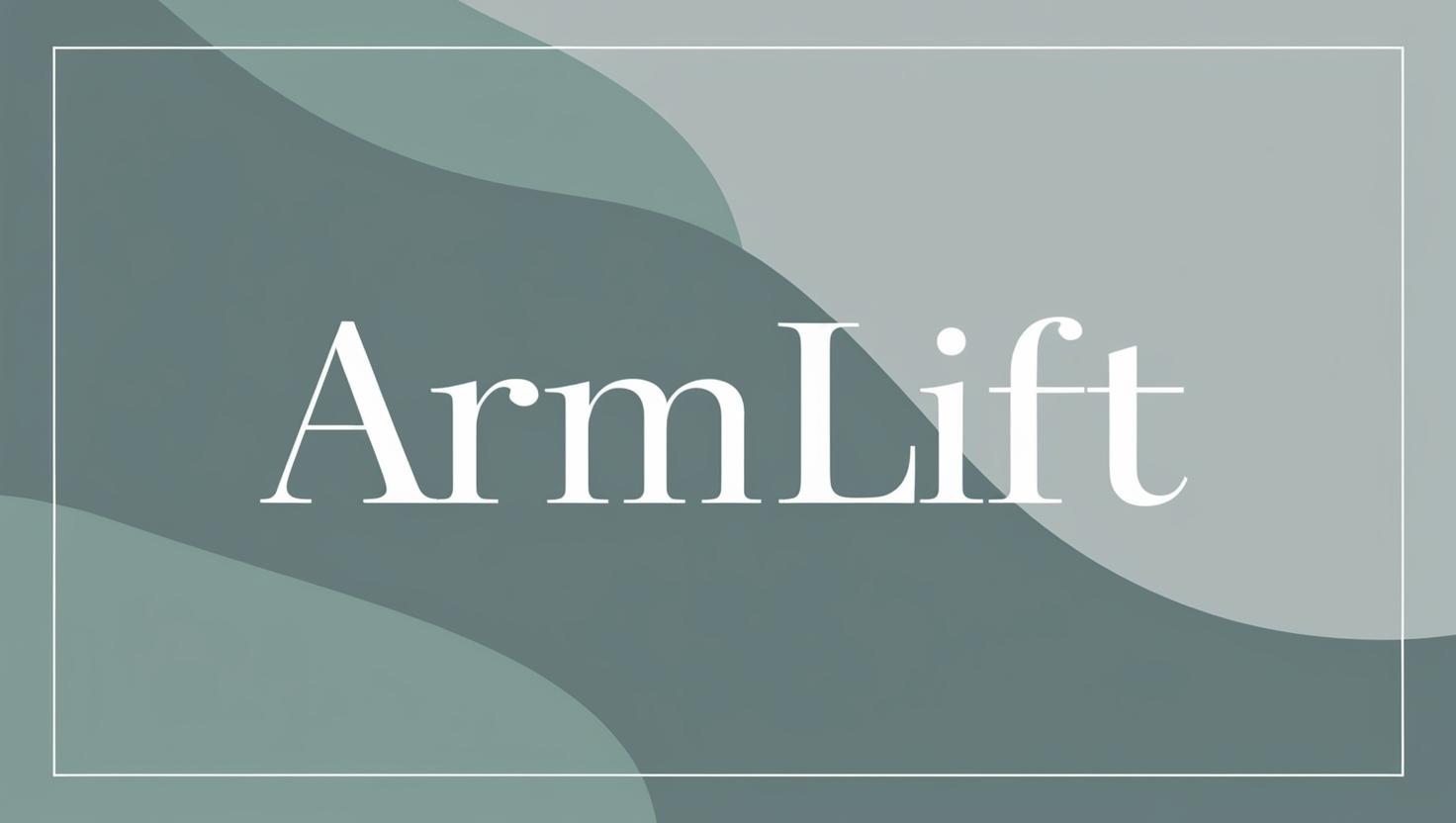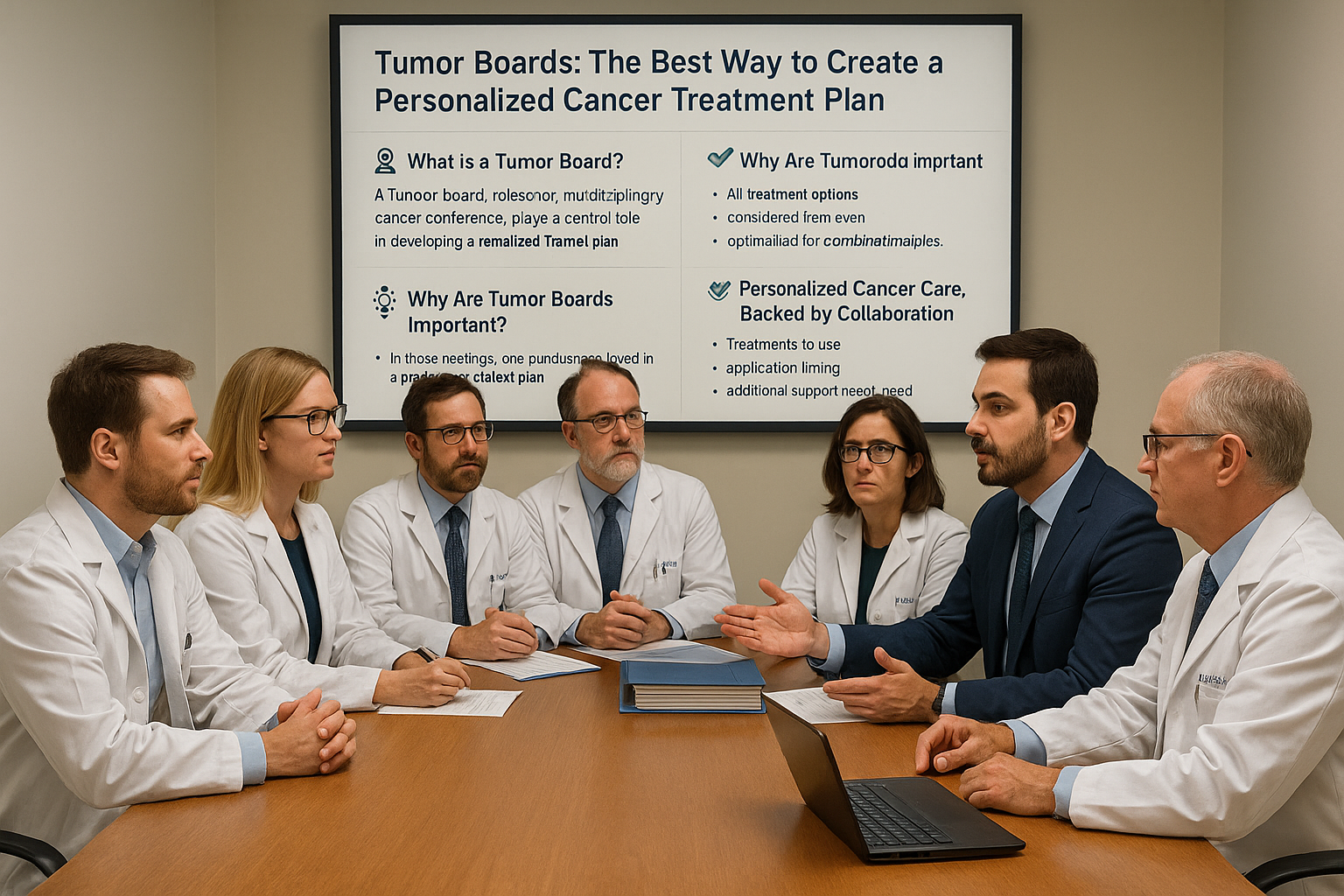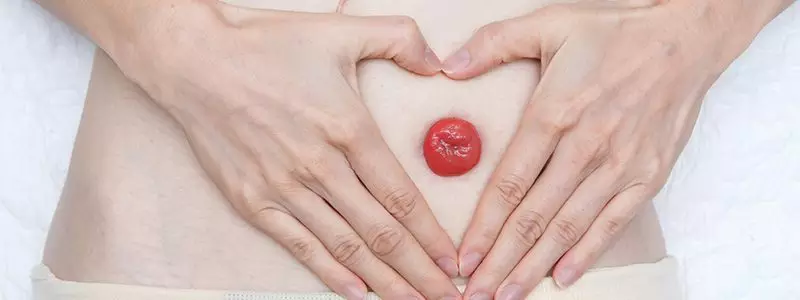What is Rhinoplasty?
Aesthetic nose surgery, in other words rhinoplasty, is an operation aimed at eliminating breathing problems as well as positively changing the self-confidence and psychology of the person by harmonizing the appearance of the nose with aesthetic measurements and other parts of the face.
Who can have rhinoplasty surgery?
Rhinoplasty surgery is generally recommended at the age of 17 for women and 18 for men. The reason for this is both to wait for the tissues to reach adult size and to wait for the person to reach a certain psychological maturity and balance. The fact that the face will change permanently after rhinoplasty surgery requires the expectations of the person who will undergo surgery to be realistic and psychologically balanced.
How is rhinoplasty surgery performed?
Rhinoplasty surgery is performed under general anesthesia. After anesthesia is applied, the inside and around the nose is cleaned with antiseptic solution. Injections are made inside and outside the nose to reduce bleeding. Nose surgery takes an average of 1.5-2 hours. Two techniques, open and closed, are used for rhinoplasty surgery. In the closed technique, cartilage and bone structures are shaped with incisions made through the nose. In the open technique, the skin of the nose is lifted up by making an incision in the area called columella located between the two nostrils. The aim of both techniques is to achieve natural, aesthetic and functional results. At the end of the surgery, a plastic splint is placed on the nose to control edema and maintain the shape of the nose. Silicone tampons are placed inside the nose to allow air passage. Tampons and plastic splints applied on the nose are removed after 1 week.
What is the postoperative period like and what should be done?
After the surgery, the head should be kept as high as possible and cold should be applied intermittently for the first 24 hours. Usually the first 24 hours are spent in the hospital. In the 4th hour after surgery, oral food intake can be started and you can stand up. Postoperative pain can be controlled with painkillers. There will be bruising and swelling around the eyes for the first 1 week. After leaving the hospital, painkillers, antibiotics and nasal sprays and creams are prescribed to be used at home. One week later, you will need to come back for a follow-up visit to remove the nasal tampons and splint. After ten days, social life can be resumed with all the bands on the back of the nose removed. Follow-up should be continued with the massage technique recommended by the doctor. Glasses should not be worn for the first 2 months and care should be taken against impacts. The nose takes its final shape in 6 months, be patient.
What are the problems that can be seen after surgery?
In the early postoperative period, bleeding, infection, circulatory disorders in the nasal skin, allergic reactions to suture materials, tapes and creams may occur. Some of the rare problems seen in the late period are prolonged swelling and stiffness in the nasal skin, prolonged numbness in the nose, and impaired healing of scars. There may be irregularities under the skin of the nose that can be felt when touched, the nostrils may not be completely symmetrical. The appearance of the nose may not be as the patient expects.
In the face of functional or cosmetic problems encountered, a second rhinoplasty surgery, which we call revision rhinoplasty, can be performed. There is more than normal stiffness and swelling at the tip of the nose; local cortisone injections can be performed. Nose correction, revision surgery should be performed at least 6 months or even 1 year after the previous surgery. It should be kept in mind that in some deformities, cartilage tissue can be taken from the auricle or ribs and used for shaping and it will be a more difficult surgery than the first surgery.
Why Choose Health Tourism for Rhinoplasty?
Health tourism allows you to access top-tier medical care for rhinoplasty, offering a combination of advanced medical technology, world-class expertise, and high standards of care. Patients who travel abroad for treatment can benefit from:
• World-Class Hospitals: Access to internationally renowned hospitals with specialized centers.
• Leading Surgeons: Expert surgeons with extensive experience in rhinoplasty.
• State-of-the-Art Technology: The latest technologies and diagnostic imaging.
• Affordable Treatment Options: High-quality care at a fraction of the cost compared to other countries.
• Comprehensive Care: From initial consultation to post-operative follow-up, a holistic care plan designed to ensure the best possible outcome.






